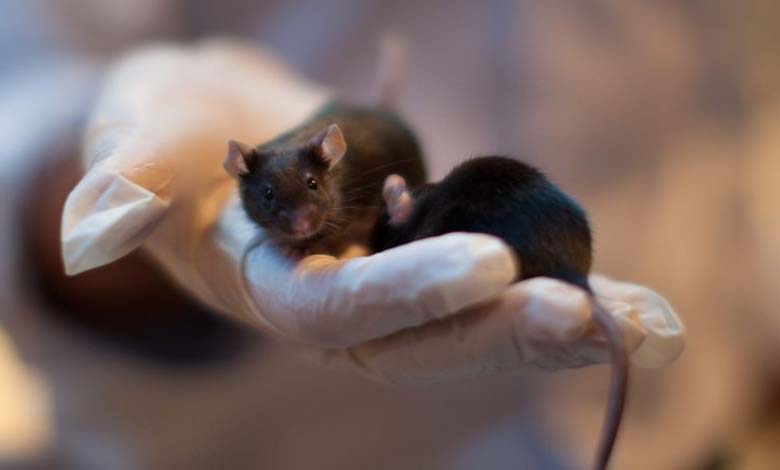For the first time, Scientists develop mouse embryos in space

Researchers on the International Space Station have developed mouse embryos that grew normally, indicating the possibility of human reproduction in space, according to Japanese scientists.
The researchers, including Professor Teruhiko Wakayama from the Advanced Biological Technology Center at Yamanashi University and a team from the Japan Aerospace Exploration Agency (JAXA), sent frozen mouse embryos into space using a rocket to the International Space Station in August 2021.
Astronauts aboard the station thawed the embryos using a specially designed device for this purpose and implanted them in the station for four days.
Scientists pointed out that “embryos that developed under microgravity conditions grew naturally into blastocysts, which are cells that develop into embryos and placentas.”
The researchers stated in a study published on the “Science” website on Saturday that the experiment “clearly demonstrated that gravity does not have a significant impact” on the reproduction of mice.
They also noted that there were no significant changes in the DNA and genes after analyzing the blastocysts that were returned to laboratories on Earth.
Both Yamanashi University and the RIKEN National Research Institute, in a joint statement on Saturday, confirmed that this “study is the first scientific research showing that mammals may be able to reproduce in space.”
The statement added, “This is the first experiment in the world to develop mammalian embryos at an early stage under full microgravity conditions in the International Space Station.”
The statement further explained, “In the future, it will be necessary to develop blastocysts under microgravity conditions in mice at the International Space Station to verify whether these animals are capable of giving birth to offspring to ensure that the blastocysts are normal,” as reported by “Agence France-Presse.”
As part of the “Artemis” program, the United States’ National Aeronautics and Space Administration (NASA) plans to send humans back to the moon to learn how to live there for the long term and prepare for a mission to Mars in the late 2030s.












